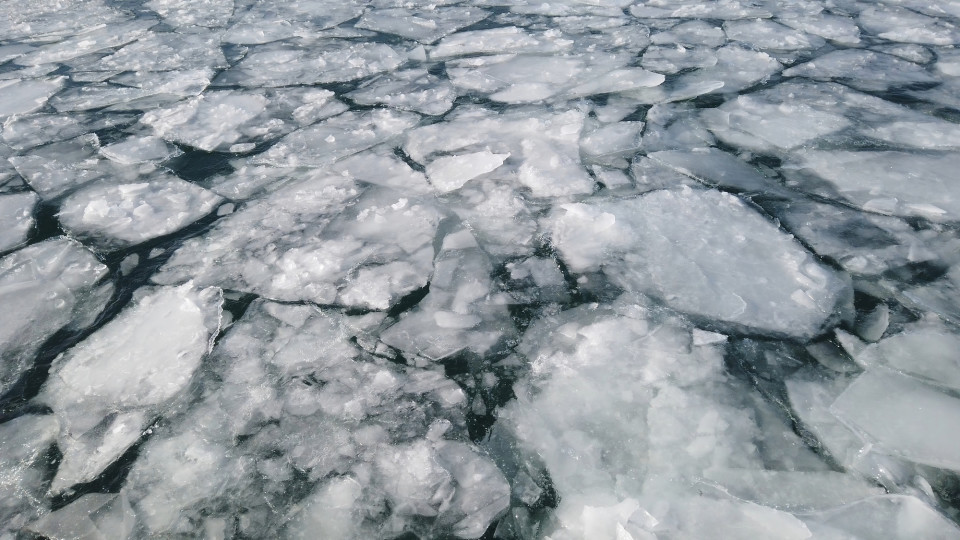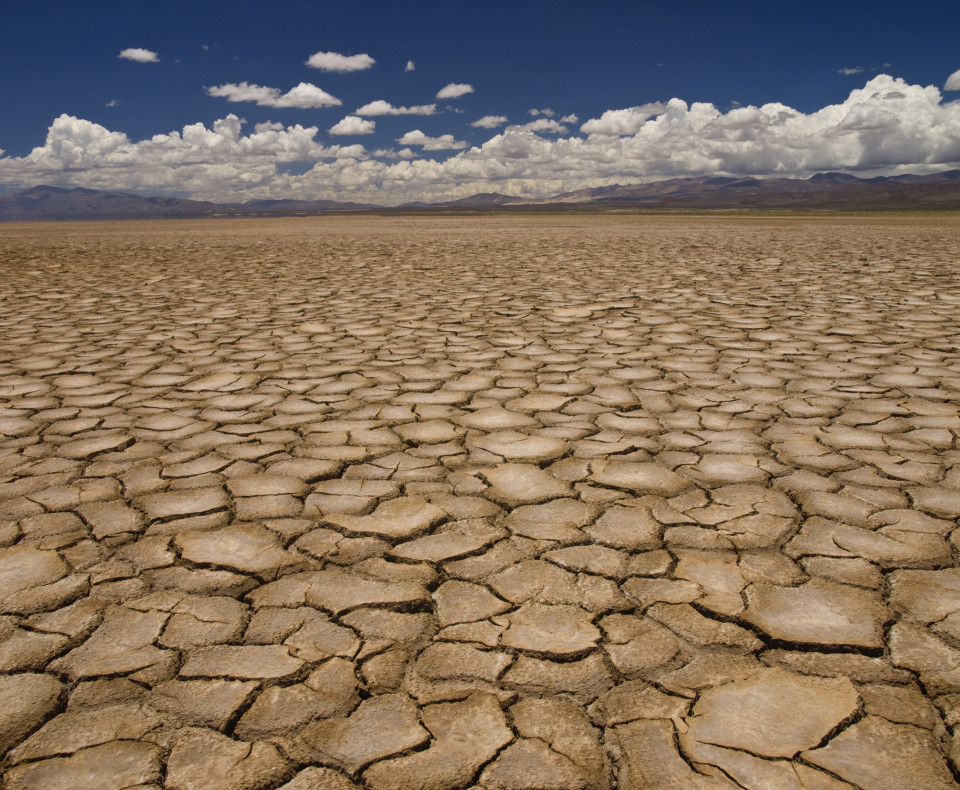Specific call for grants to promote the citizen climate agenda
Establish a specific call for grants to promote the citizen climate agenda, thus rewarding innovation and cooperation
- Category: Non-structural / Government policies and programs
- Application Scale: City
- Sector: Social
- Target: Adaptation
Step up comprehensive pest control
Step up comprehensive pest control
- Category: Non-structural / Laws and regulations
- Application Scale: City
- Sector: Social / Health / Environment
- Target: Adaptation
Street cleaning
Improve the city's cleaning services to keep away debris and other items from the sewage, avoiding blocakges, water pollution and other issues.
- Category: Structural / Engineered and built environment
- Application Scale: City
- Sector: Water / Mobility / Telecom / Social / Power / Waste / Health / Energy / Environment / Emergency
- Target: Adaptation
Strengthen local community participation in urban planning
Strengthen the participation of the local community in defining urban development, green development and mobility plans for mitigating the effects of climate change
- Category: Non-structural / Behavioural
- Application Scale: City
- Sector: Mobility / Social / Health / Environment
- Target: Mitigation
Strengthen the services for the most vulnerable people
Strengthen the services for the most vulnerable people at the Citizen Help and Information Offices (OACs) to help prevent the effects of heat and other extreme climate events
- Category: Non-structural / Government policies and programs
- Application Scale: City
- Sector: Social
- Target: Adaptation
Study impacts of climate change on sea temperature
Study the effects of climate change on the sea temperature
- Category: Non-structural / Government policies and programs
- Application Scale: City
- Sector: Environment
- Target: Adaptation
Study interlinks climate change-health
Enhance knowledge about how climate change affects health
- Category: Non-structural / Informational
- Application Scale: City
- Sector: Social
- Target: Adaptation
Study the impact of climate change on the price of basic supplies and food
Study the impact that climate change could have on the price of basic supplies and food
- Category: Non-structural / Educational
- Application Scale: City
- Sector: Social
- Target: Adaptation
Sustainability reference figure in each district
Put a sustainability reference figure in place in each district
- Category: Non-structural / Government policies and programs
- Application Scale: City
- Sector: Water / Mobility / Telecom / Social / Power / Waste / Health / Energy / Environment / Emergency
- Target: Adaptation
Swales installation
Shallow, flat bottomed, vegetated open chanels designed to convey, treat and often attenuate surface water runoff. They are often used to drain roads, paths or car parks. This measure is part of the called Sustainable Urban Drainage Systems (SUDS).
- Category: Structural / Engineered and built environment
- Application Scale: City
- Sector: Water / Environment
- Target: Adaptation
Tackle mosquito reproduction in scuppers and reservoir roofs
Find solutions to the problem of mosquito reproduction in scuppers and reservoir roofs
- Category: Structural / Technological
- Application Scale: River Basin
- Sector: Health / Environment
- Target: Adaptation
Training to transfer scientific and operational knowledge to practitioners
Training and conducting workshops allow highlight the strengths and opportunities for improvement of plans and procedures of utilities.
- Category: Non-structural / Educational
- Application Scale: City
- Sector: Water / Mobility / Telecom / Social / Power / Waste / Health / Energy / Emergency
- Target: Adaptation
Update the drought protocol with climate projections
Incorporate up-to-date climate projections in future editions of the Drought Protocol
- Category: Non-structural / Government policies and programs
- Application Scale: River Basin
- Sector: Water
- Target: Adaptation
Use drainage paving
Use drainage paving by means of innovative public procurement
- Category: Structural / Engineered and built environment
- Application Scale: City
- Sector: Water
- Target: Adaptation
Use of buildings' desing as flood defence
New and existing buildings in flood risk areas can be used as flood defence. The buildings should be completely integrated in the flood defence to create a reliable flood defence.
- Category: Non-structural / Government policies and programs
- Application Scale: Building
- Sector: Water / Mobility / Emergency
- Target: Adaptation
Use social media for warnings and information
Along with conventional methods for disseminating messages on flooding, in recent years frontline responders have started to use social media. Social media tools can provide a valuable resource to deliver up to date warnings and information to the public, media and even other responders.
- Category: Non-structural / Informational
- Application Scale: City
- Sector: Telecom / Social / Emergency
- Target: Adaptation
Vulnerability Assessment of beaches to erosion and sea flooding
Carry out further studies on the vulnerability of beaches to erosion and sea flooding
- Category: Non-structural / Government policies and programs
- Application Scale: City
- Sector: Social / Environment
- Target: Adaptation
Water supply plan
Have a water supply plan in place that gathers all potential scenarios and mitigation plans
- Category: Non-structural / Government policies and programs
- Application Scale: City
- Sector: Water
- Target: Adaptation

















